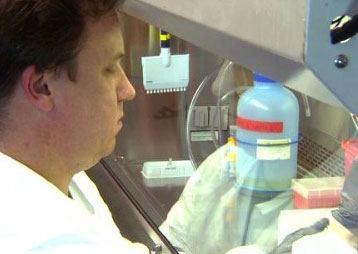
December 1 marks World AIDS Day, a global health day first celebrated in 1988 to unite the world in the fight against HIV.
As the day approaches, news from the Hawaiʻi Center for AIDS at the University of Hawaiʻi Mānoa John A. Burns School of Medicine brings disturbing findings about the disease’s impact on the Native Hawaiian population.
Researchers have found that HIV/AIDS is being diagnosed in Native Hawaiians more than twice as often as Caucasians, and that Native Hawaiians with HIV/AIDS are three times more likely to need hospitalization.
Some 3,000 people in Hawaiʻi live with HIV/AIDS. One in four of them, about 25 percent, don’t even realize they are carrying the virus.
Read the UHMedNow article to learn more about how UH researchers at the Hawaiʻi Center for AIDS are working to combat this disparity or read the news reports by Hawaii News Now and KHON.

